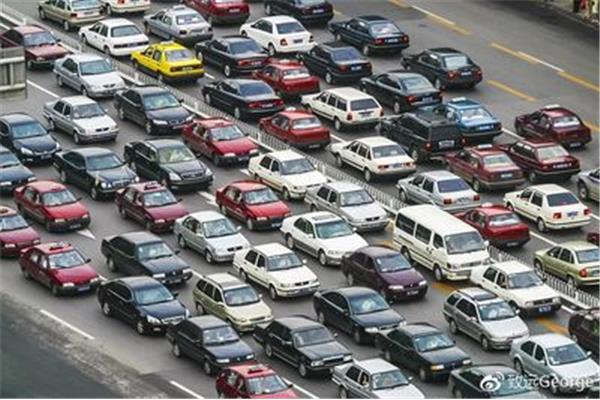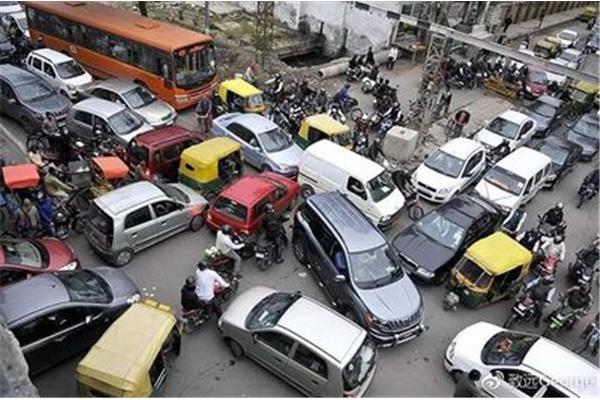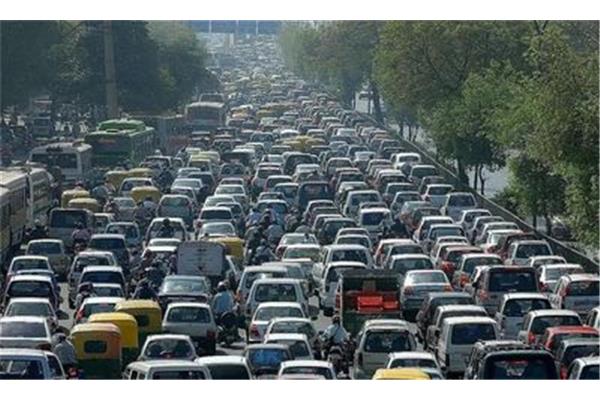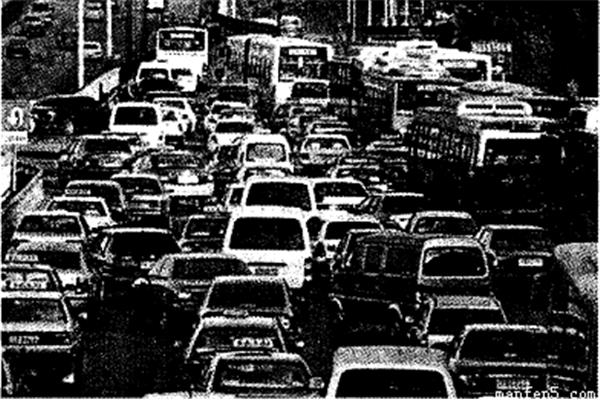trafficcongestionn.9级地震已致1死4伤
Traffic congestion has become a major problem for many cities around the world. In the United States alone, traffic congestion costs the economy over $121 billion annually in wasted time and fuel. In addition to the financial costs, traffic congestion can cause air pollution, noise pollution, and can increase the risk of road accidents。

The causes of traffic congestion can be divided into two main categories: structural and behavioral. Structural causes include inadequate road capacity, inefficient road designs, and limited public transportation options. Behavioral causes include poor traffic management, driver behavior, and the number of vehicles on the road.

One of the most effective ways to reduce traffic congestion is to increase road capacity. This can be done by expanding existing roads or constructing new ones. In addition, road designs can be improved to reduce bottlenecks and increase traffic flow.

Another way to reduce traffic congestion is to improve traffic management. This can include implementing traffic signals, enforcing speed limits, and using technology such as intelligent transportation systems to better manage traffic flow.

In addition, increasing public transportation options can help reduce traffic congestion. This can include expanding existing bus and rail systems, as well as introducing new options such as bike-sharing and ride-sharing programs.

Finally, encouraging drivers to change their behavior can help reduce traffic congestion. This can include encouraging carpooling, using public transportation, and avoiding rush hour traffic.
In conclusion, traffic congestion is a major problem for many cities around the world. To reduce traffic congestion, it is important to increase road capacity, improve traffic management, increase public transportation options, and encourage drivers to change their behavior. By taking these steps, cities can reduce traffic congestion and the associated costs and risks。
![{$DT[sitename]}](/skin/zx123/img/logo.png)
